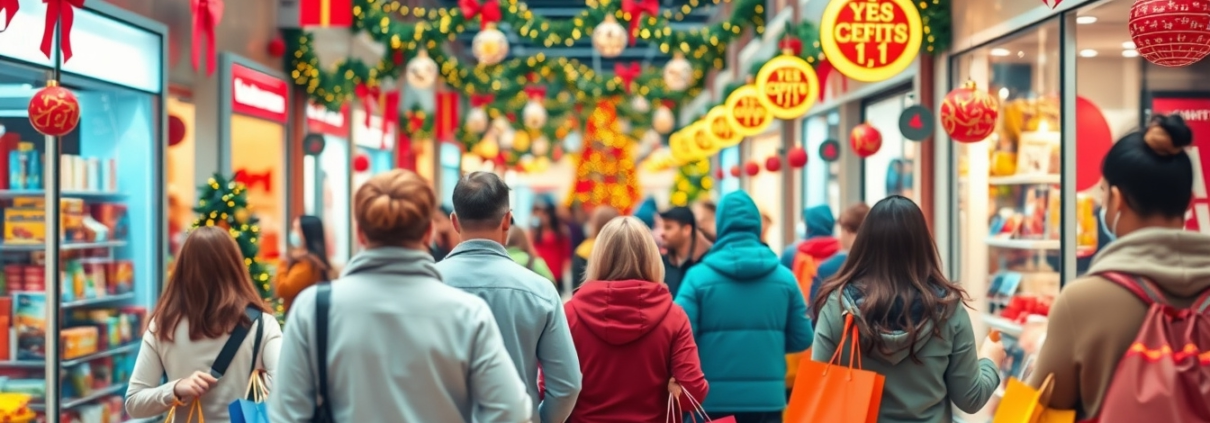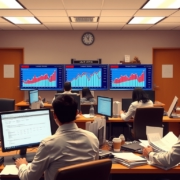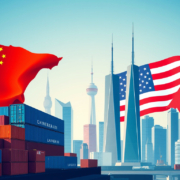Holiday Shopping Prices Poised to Rise: The Impact of Tariffs on Consumer Costs
Tariffs Likely to Influence Consumer Prices as Holiday Shopping Season Begins
During the holiday season, shoppers see tariffs in the prices they pay. Tariffs that stayed low during 2025 now weigh on costs. Experts note a stronger price change as retail work grows.
Background on Tariffs and Inflation
Tariffs began in April 2025 under the Trump administration. Countries send many goods that carry these tariffs. Inflation mostly stayed between 2.5% and 3% for the year. At first, tariffs did not move prices much.
Firms built up their inventory before tariffs struck. They took on more costs by keeping slimmer profits. Soon, as these stocks drop, companies pass more costs to buyers.
Tariffs’ Role in Inflation Measures
Bank of America economist Aditya Bhave shows tariffs push consumer prices higher. Tariffs add about 0.5 percentage points to the core Personal Consumption Expenditures price index. In September 2025, the core PCE reached 2.9% with tariffs, and about 2.4% without them.
Federal Reserve Chair Jerome Powell sees rising inflation as the bank makes plans around its 2% goal, set aside from food and energy.
Impact on Consumers and Retail Prices
Tariffs add real costs for buyers. Consumers shoulder 50% to 70% of these extra charges. Clothing prices jumped 0.7% in September 2025. Other items such as coffee, furniture, and fake Christmas trees cost more as well. Price moves on basic items like eggs or holiday décor change how buyers view inflation.
Holiday Season and Consumer Spending
Tariffs may hit the holiday season hard. LendingTree data shows that if tariffs had applied in the 2024 season, total spending would have increased by $40.6 billion. On average, each shopper would pay about $132 more. Around 70.5% of tariff costs hit buyers directly.
This extra charge may push many shoppers to use credit cards or get personal loans. More households face higher debt during a busy time of year.
Federal Reserve Outlook and Policy Implications
The Fed keeps a close watch on inflation. Some regional officials do not agree with recent moves to lower interest rates because inflation stays above the target. Tariffs add to this ongoing inflation, which makes the Fed’s task of balancing growth and stable prices more complex.
In summary, tariffs have played a small role in price changes so far. As holiday shoppers start buying, the impact grows. Rising prices on everyday items add up, shaping how consumers spend and view the economy as 2026 begins.
For both shoppers and businesses, watching how tariffs affect costs is important as the holiday season nears.
Full money-growing playbook here:
youtube.com/@the_money_grower









